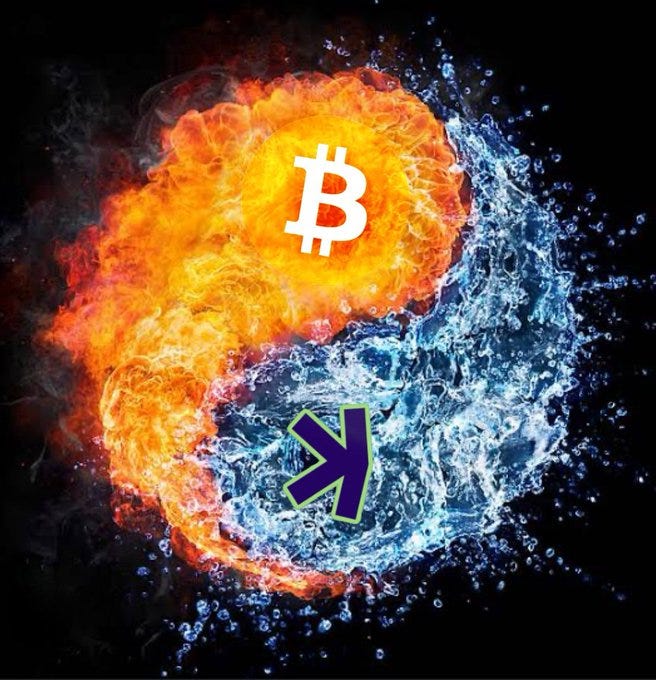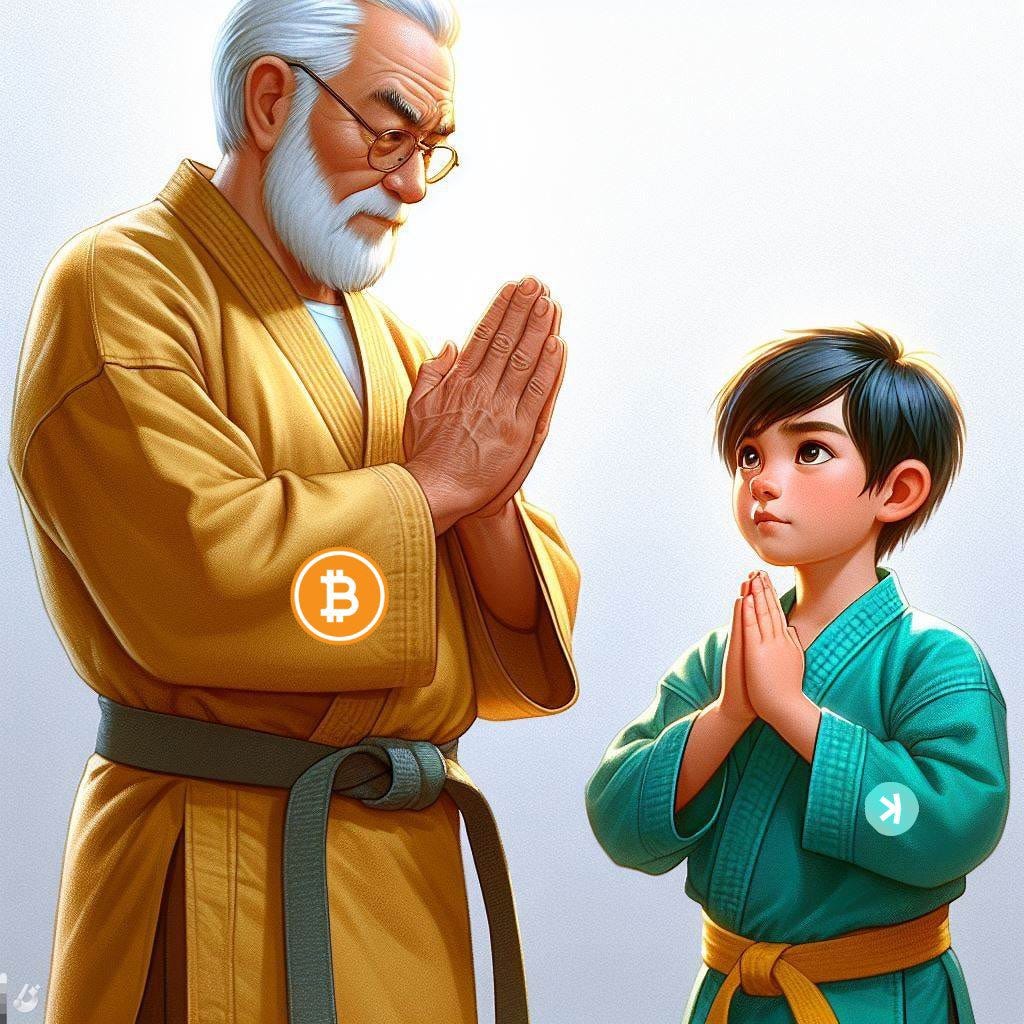Putting Scientific Modeling to the Test in Crypto
$SLOW, Science, and the Future of Falsifiable Crypto
Unless the AI is lying to me or I’m misunderstanding, I’m one of the few pushing toward formal, falsifiable scientific modeling in crypto. As far as I know, virtually no one in the crypto space is doing this. Actually the AI couldn’t provide any examples, but I can’t bring myself to believe I’m literally the only one.
Most traders are still using vibes and post-hoc rationalizations. Not that it’s bad this is just a different approach. I have no problem putting myself in the mindset of virtually any scenario—even directly opposing ones, as you may have seen with my first two articles about the 4-year cycles. That really helps for this kind of thing.
$SLOW and Steady Wins?
(Probably not since most meme coins that peak 24-72hrs after launch don’t survive after 30 days)
I recently tested my scientific modeling approach on a newly launched meme coin. I hypothesized that anyone buying $SLOW (KRC-20 token) within the first 24 hours would more likely than not make money, based on the fact that most meme coins peak in their first 24–72 hours. In this case, the outcome confirmed the prediction.
Now $SLOW is only about 48-ish hours in and based on its decline before the 72-hour mark:
Thesis 1: It may be statistically reasonable to consider realizing profits from $SLOW positions currently in gain,
as most meme coins that peak in the 24–72 hour window usually don’t survive past 30 days. EDIT: Historically, meme coins live fast and die young. Chainplay (2024) found that on platforms like Pump.fun, 98% of memecoins fail within three months, with an average lifespan of just 12 days.Thesis 2: If $SLOW reverses and peaks before the 72-hour mark while continuing to climb, it may have a statistically higher chance of surviving longer than 30 days.
Thesis 3: If $SLOW stabilizes after its initial decline and maintains higher lows with renewed volume, this could represent a healthy correction phase. In this scenario, a statistically smaller subset of meme coins have historically staged a bounce, often linked to community-driven catalysts.
Check the chart and interpret as you see fit: https://kas.fyi/token/krc20/SLOW
Turning Trading Into Science: What I’m Doing and Why It’s Rare
I have a strong passion for logic and trying to identify all potential possibilities for a given scenario; it’s why I enjoy coding. I’ve applied logic, statistics, and historical data to make adaptable predictions, ideally chained and dependent upon each other when possible. These predictions are illustrative of my modeling approach, which sets clear milestones/checkpoints and alternative options if conditions are or aren’t met, but this is still experimental.
Quant strategies can be falsifiable, but it’s not the norm. Quant models are implicitly falsifiable in that they stop being used if they stop working. But they often don’t have pre-defined scientific failure conditions, just pragmatic ones. Most quants optimize for predictive power, not epistemic rigor. They care about Sharpe ratios, not whether the model can be disproven. However, if a model hasn’t been disproven yet, and you’ve defined clear failure conditions, you can trade until those conditions trigger.
Falsifiability is rare because it requires explicit causal assumptions, defined failure conditions, and willingness to discard the model when it fails. From what I gather, AQR and certain adversarial quant shops are among the few that partially build falsifiable frameworks.
Why Am I Sharing This For Free? Especially Since It Seems to Work?
I’ve created this Substack to publish my main falsifiable thesis, which I’ve been developing for years without even realizing it. My hope is that someone finds a flaw in it so I can grow and strengthen it, or that it offers a new perspective that sparks an idea in you, the reader, so you grow.
If neither happens, then hopefully you at least get some entertainment out of it. And if haters share it, that’s free publicity for Kaspa and a dopamine hit for them. Even if no one ever reads any of this, I’ll still have increased my own conviction. That’s a win-win all around.
Just imagine if we could all collectively corner logic into outcomes like this — where everyone wins.
Reference:
Chainplay. (2024, October 10). The lifespan of Pump.fun memecoins: An analysis. Chainplay.gg. https://chainplay.gg/blog/lifespan-pump-fun-memecoins-analysis/
Disclaimer: This article is purely my personal opinion and exercise of free speech. This is unequivocally NOT financial advice, investment advice, OR a recommendation to buy, sell, or hold ANY asset. You are fully responsible for your own financial decisions. Nothing herein guarantees any outcome. Cryptocurrencies are volatile and you can lose your entire investment. Always do your own research before making any investment decisions.


